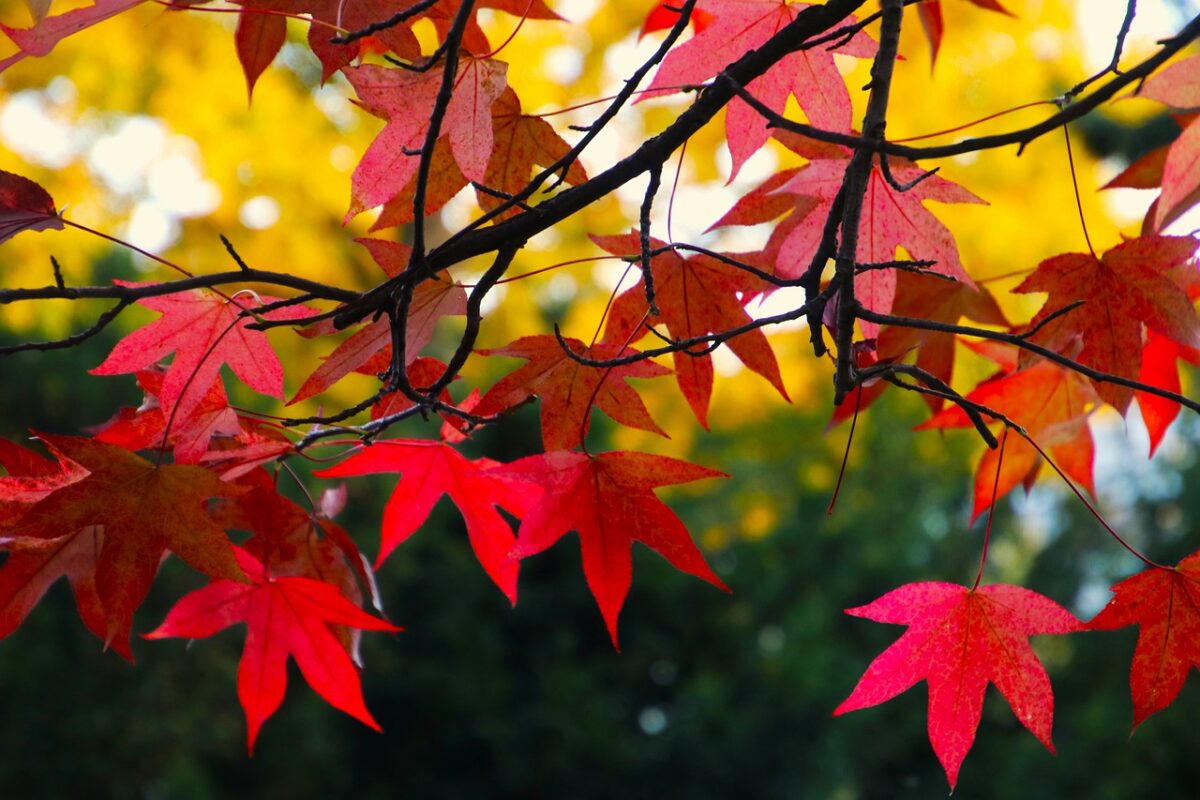INDIVIDUAZIONE
Nome scientifico:
Acer japonicum
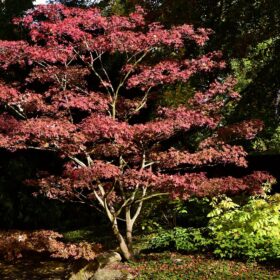
Nome comune italiano:
Acero giapponese
Famiglia:
Sapindaceae
Provenienza:
Specie originaria dell’estremo oriente: Cina, Corea, Giappone
Ambiente:
Nei luoghi d’origine vive in boschi collinari e montani di latifoglie, in clima temperato e su suolo fresco e umido, ricco di sostanze organiche. Predilige ambienti a clima mite, con estati poco calde e inverni non eccessivamente freddi, tollera le basse temperature, anche prolungate, a patto che non siano inferiori a -15°C.
Sempreverde o decidua:
decidua
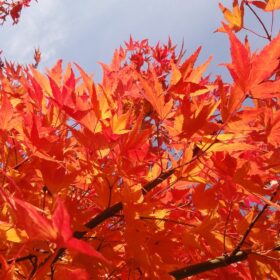
Tossicità:
no
RICONOSCIMENTO VEGETALE
Altezza:
2 – 6 m (raramente più alti)
Larghezza (estensione):
2,5 – 5 m
Portamento:
arboreo eretto, irregolare o arbustivo
Foglia:
palmate di forma tondeggiante con numerosi lobi, di solito sono 11 ma possono essere anche 7 o 13 su uno stesso individuo, e profondamente incise quasi fino all’attaccatura del picciolo. Questa forma così particolare ricorda quella di una felce. Di colore variabile a seconda della specie, in autunno cambia colore divenendo dall’arancione al rosa al rosso, con i margini spesso più chiari.
Fiore:
Fiori ermafroditi o unisessuali maschili, molto piccoli, riuniti in corimbi eretti o penduli; hanno calice giallo-rosso composto da 5 petali, 5 sepali e stami gialli
Fioritura: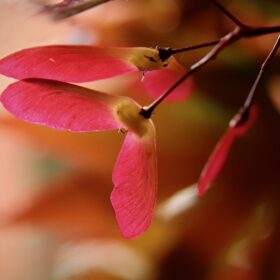
Aprile – Maggio
Frutto:
Disamare (samare doppie) della dimensione di 1,5-2 cm ciascuna, con brevi ali divergenti di circa 160°, lungamente peduncolate e contenenti un seme tondeggiante di 5-8 mm
Tronco:
fusto snello, sinuoso, color grigio-bruno a seconda delle varietà
Proprietà:
puramente ornamentale
Profumo: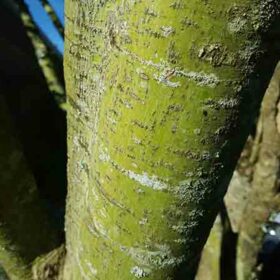
no
NECESSITÀ
Manutenzione:
bassa
Esposizione alla luce:
mezz’ombra, ombra luminosa
Tipo di suolo:
Umido, argilloso, sabbioso, leggermente acido, ricco di sostanza organica, medio impasto
Acidità del suolo:
pH 5,8 – 6
Area climatica italiana:
Coltivato in quasi tutta Italia, predilige tuttavia regioni a clima più rigido quindi montano.
Bisogno di acqua: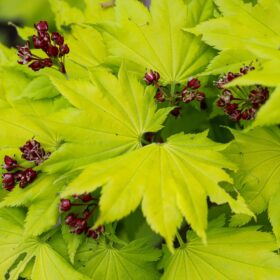
ama l’umidità ma non il ristagno idrico. Quindi le innaffiature devono essere frequenti ma in modo lento e non aggressivo.
Propagazione:
moltiplica per semi durante l’autunno-inverno, poiché necessitano di raffreddare prima di germogliare. Anche per talee in primavera.
Potatura:
un’eccessiva potatura ne comprometterebbe la forma naturale. La soluzione è limitarsi ad un taglio ridotto ed a rimuovere i rami morti, senza andare oltre. Inoltre di tanto in tanto dobbiamo verificare se i rami vanno a coprire il tronco; in questo caso possiamo tagliarli senza problemi.
Malattie:
afidi, malattie fungine, in particolare oidio e ruggine. Se la pianta è ancora giovane è necessario intervenire tempestivamente con solfato di rame (verderame) ma se la pianta è già adulta difficilmente verrà attaccata da parassiti.
PARTICOLARITÀ 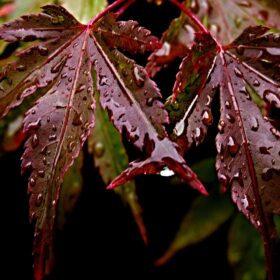
Con l’Acer palmatum è tra gli aceri giapponesi più utilizzati in Italia.
In Giappone, il nome comune dell’albero di acero è “momiji”. Ci sono due possibili significati associati a questo termine. Il primo è “mani del bambino” e il secondo è “diventa foglie cremisi”, secondo il sito Web di Arbor Day. L’attributo specifico latino japonicum si riferisce alla zona geografica d’origine della specie.
La corretta quantità di acqua e la luce solare sono cruciali per lo sviluppo di questo albero.
È importante assicurarsi che il terreno rimanga umido ma non bagnato e che l’albero ottenga la luce solare del mattino e della sera per raggiungere il suo pieno potenziale.
Proteggi l’acero giapponese dal caldo sole pomeridiano e dai venti forti, che danneggeranno o addirittura bruceranno le bellissime foglie rosse o verdi. Le condizioni umide sono la perfetta zona di comfort di quest’albero.
Annotazioni
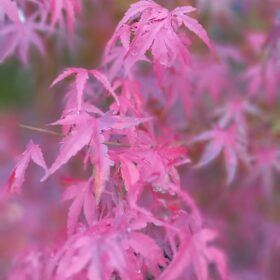
piante decidue rustiche perché tollerano bene il gelo, ma possono soffrire per le gelate tardive e devono essere riparate dai venti freddi. Prediligono l’aria umida ed è bene evitare il sole diretto in estate. Sono esigenti riguardo al terreno, che deve essere fresco, ben drenato ma capace di trattenere l’umidità, fertile e a pH acido (mal tollerano il suolo basico). Crescono bene in posizione parzialmente ombreggiata, dove i raggi del sole non colpiscono mai le foglie nelle ore in cui sono più forti.
Pianta utilizzata nel nostro Paese a fini ornamentali per ottenere particolari effetti estetici-cromatici e decorativi. Specie molto utilizzata in Giappone come bonsai
Esistono diverse cultivar, tutte sono caratterizzate da una brillante colorazione delle foglie che d’autunno mostrano il meglio di sé.
In cucina:
non viene utilizzata.
Se volete acquistare una buona pianta rivolgetevi ad un vivaio specializzato. In provincia di Monza e Brianza c’è Aceri di Omate
IL CONSIGLIO DEL MONDO DEL GIARDINO
Ogni acero giapponese cresce con la sua forma, spesso storta e tutta da un lato, ma questo è il suo bello. L’acero ha carattere e non si merita di averlo se non si rispetta questa sua caratteristica, quindi se lo prendete sperando che vada dove volete dovreste scegliere un’altra pianta.
Ora a cavallo! Il lavoro ci aspetta! Il nostro nuovo meraviglioso spazio esterno sta per nascere!
BUON LAVORO e…se avete domande scrivete pure a info@ilmondodelgiardino.com
Fonti delle immagini: si ringrazia Pixabay e moltissime grazie a Kanenori per la copertina social, ?♡?♡? Julita ?♡?♡? per la copertina, ed in ordine di inserimento Leopictures, TiNo Heusinger, Annette Meyer, viforsa.es, Ilona Ilyés, Zdeněk Chalupský, Didier MOSIN e di nuovo ?♡?♡? Julita ?♡?♡? per l’immagine di chiusura.


